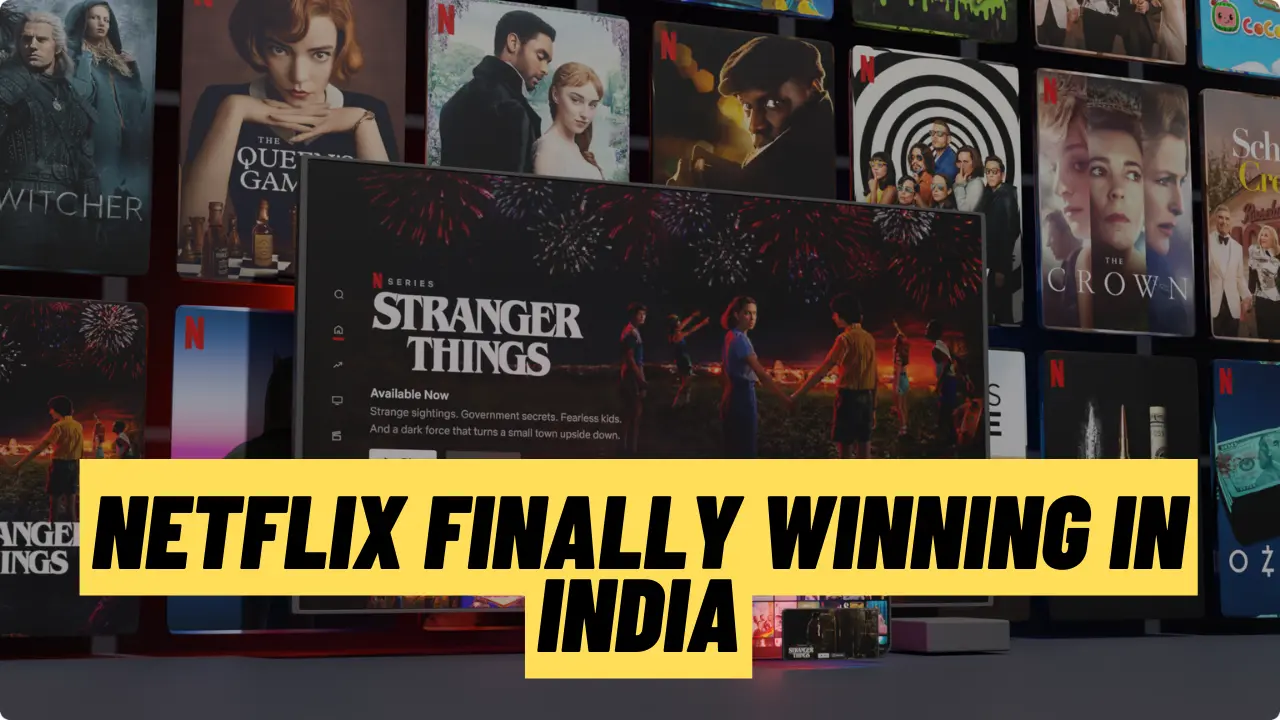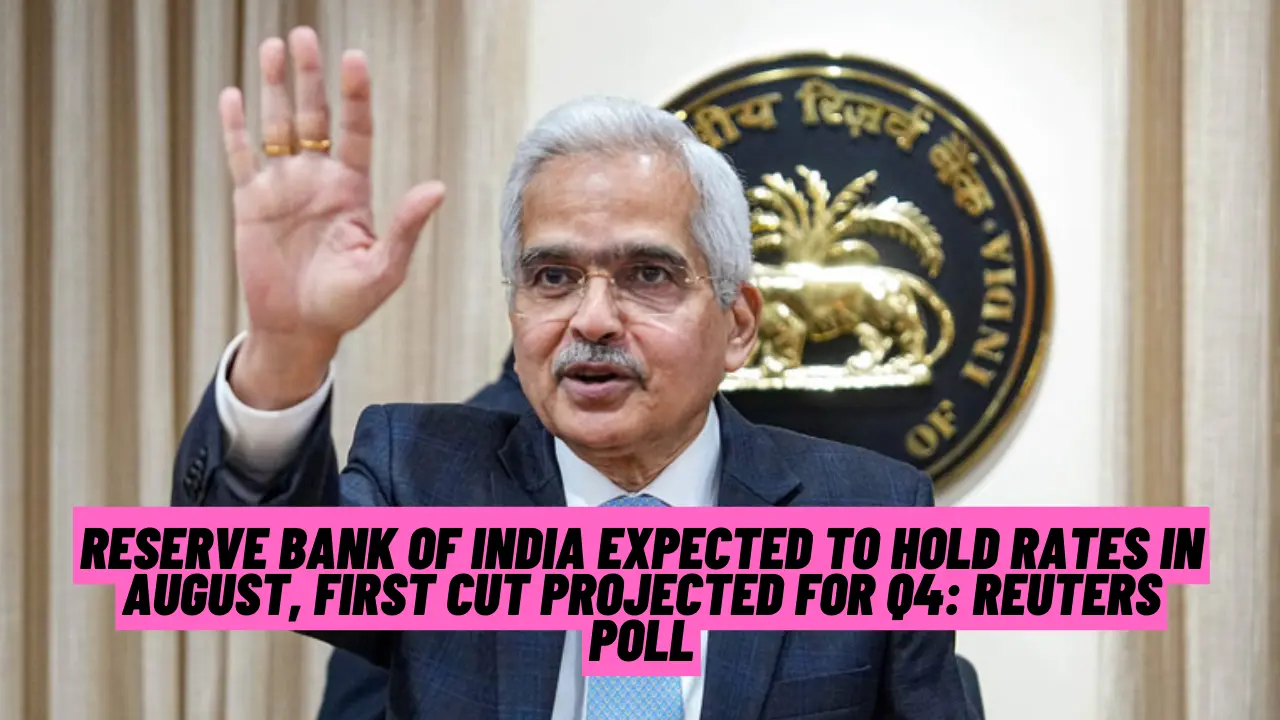FirstCry, a leading e-commerce platform for baby and kids’ products in India, is gearing up for its initial public offering (IPO). As one of the most anticipated IPOs in recent times, it has garnered significant attention from investors and market analysts alike. Here’s a comprehensive overview of what you need to know about the FirstCry IPO.
Company Overview
Founded: 2010
Headquarters: Pune, India
Founders: Supam Maheshwari and Amitava Saha
Business Model: FirstCry operates both an online platform and a chain of offline stores, offering a wide range of products including clothing, toys, books, and baby care essentials.
Market Position
FirstCry has established itself as a dominant player in the baby and kids’ retail market in India. With a vast selection of products and a strong brand presence, it caters to the needs of parents across the country. The company’s robust supply chain and strategic partnerships have further solidified its market position.
IPO Details
Expected Issue Size: Estimated to raise around $700 million to $1 billion.
Use of Proceeds: The funds raised from the IPO will be utilized for business expansion, debt repayment, and general corporate purposes.
Lead Managers: Leading investment banks and financial institutions are likely to be appointed as the lead managers for the IPO.
Financial Performance
FirstCry has shown strong financial growth over the years, with consistent revenue increases and a growing customer base. Here are some key financial highlights:
- Revenue Growth: The company has seen substantial revenue growth year-on-year, driven by increased online sales and expanding its offline store network.
- Profitability: FirstCry has been working towards achieving profitability, with recent financial reports indicating a move towards positive earnings.
- Market Share: As a leader in the niche market of baby and kids’ products, FirstCry holds a significant market share, making it a valuable proposition for investors.
Investment Rationale
1. Strong Brand Recognition: FirstCry is a well-recognized brand among parents, with a loyal customer base and high brand recall.
2. Expanding Market: The baby and kids’ product market in India is growing rapidly, offering significant growth opportunities for FirstCry.
3. Omnichannel Presence: The company’s presence in both online and offline channels allows it to cater to a broader audience and provide a seamless shopping experience.
4. Technological Integration: FirstCry’s use of advanced technology and data analytics enhances customer experience and operational efficiency.
Risks and Challenges
1. Competition: The retail market, particularly e-commerce, is highly competitive, with numerous players vying for market share.
2. Supply Chain Management: Efficiently managing a vast supply chain and inventory can be challenging and impact profitability.
3. Regulatory Risks: Changes in e-commerce regulations and compliance requirements could affect FirstCry’s operations.







